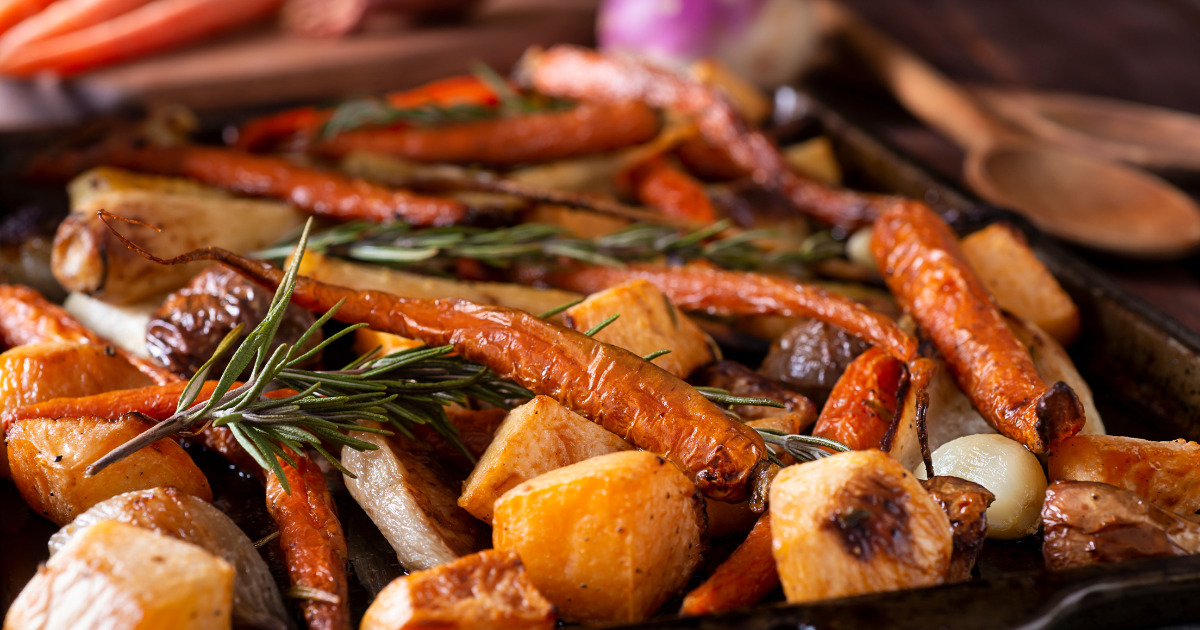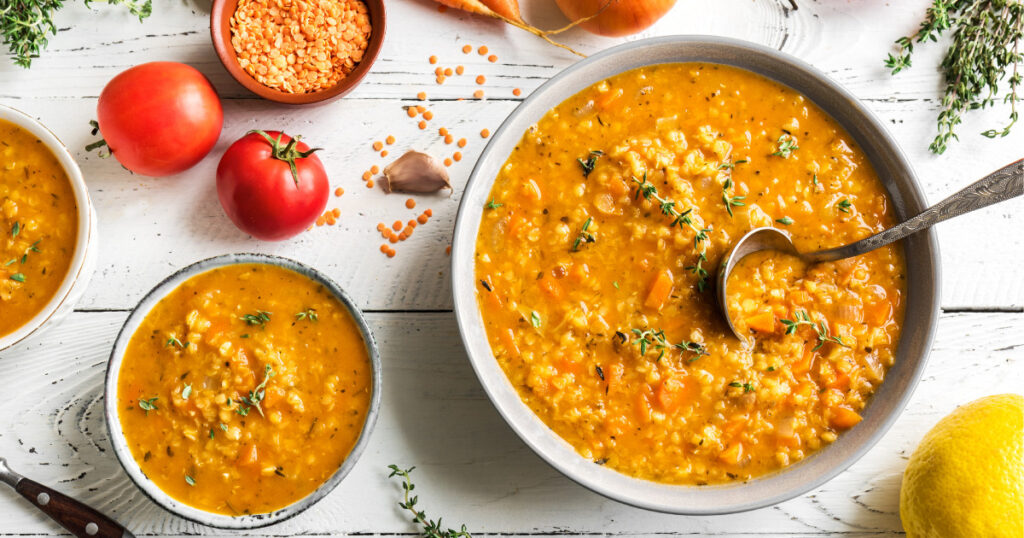The Versatility of Parsnips
Parsnips are a versatile root vegetable that can be prepared in a number of ways, including pureed, roasted, fried, steamed, and even raw. They are a nutritional powerhouse packed with vitamins B, C, E, K, and potassium. What sets parsnips apart is their low-calorie content and high fiber, making them an excellent alternative to starchy vegetables like potatoes. In fact, for two centuries, parsnips were the primary source of dietary starch in the US before potatoes took over.
But there’s more to parsnips than just nutrition. These roots have a long history, dating back to Roman times. They were used as sweeteners in cakes and jams before sugar beets were cultivated. Some records even suggest that parsnips were used for relieving toothaches and tired feet!
When choosing parsnips, opt for small to medium widths for the best flavor and texture. The longer they’ve been in the ground, the sweeter they’ll be. While you might mistake them for carrots, parsnips are sweeter. They also have a lengthy shelf life, lasting several weeks when stored in a cool, dry place.
So, stock up on this fantastic root vegetable and try out some of our favorite parsnip recipes:
Creamy Parsnip and Potato
Dice and cook 2 cups of parsnip and potato until tender. Mash and blend with 6 tablespoons of milk, 2 tablespoons of butter, and nutmeg to taste. Spread in a greased dish, sprinkle with sesame seeds, and grill until golden.
Parsnip and Walnut Fritters
Trim and boil 2 cups of parsnips until tender, puree, and mix with 1 large egg, 1/2 tablespoon flour, 3 tablespoons of melted butter, and 1/2-1 tablespoon milk. Stir in ⅔ cup chopped walnuts. Pan- or deep-fry spoonfuls until golden. Serve with sour cream seasoned with a little allspice.
Parsnip Chips
Thinly slice parsnips with a vegetable peeler, soak in iced water for 15 minutes, then deep-fry until golden. Sprinkle with salt and serve as a snack or with a dip.
Parsnip and Beef Stew
Coat stew meat with flour, salt, and pepper. Brown the meat in vegetable oil, then set it aside. Sauté onion, garlic, and tomato paste. Add water, beef, potatoes, parsnips, carrots, salt, and pepper. Simmer for 2-3 hours until meat is tender. Stir in vinegar and enjoy!
Remember, the highest nutrition is found close to the skin, so it’s recommended to finely peel or cook parsnips whole for maximum benefit. Explore the world of parsnips and elevate your culinary experience!

Rachel Haggard, RD, LDN | RachelHaggard@hcsgcorp.com
“I enjoy being an RD because good nutrition can make a big impact!”
Rachel joined the HCSG team in 2022 and has since worked at four different facilities in Massachusetts. She completed her Bachelor’s in Food and Nutrition at Framingham State in 2018 and began her career as a Dietetic Technician, working in the ICU at the beginning of the pandemic. Additionally, she was part of the inaugural class for the unique Geriatric-focused DI program affiliated with Harvard Medical School and Hebrew Senior Life. Outside of work, Rachel enjoys traveling, savoring delicious food, and living in the moment.
Related Articles —








